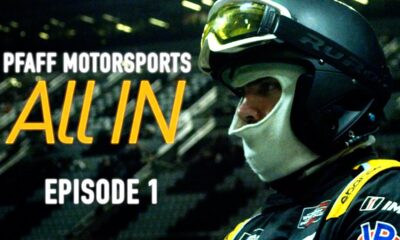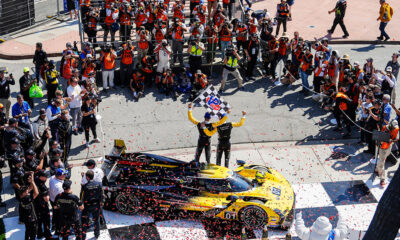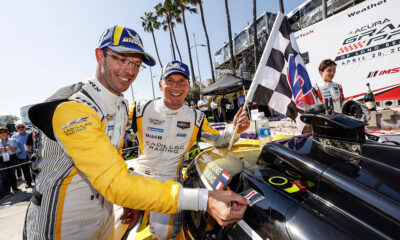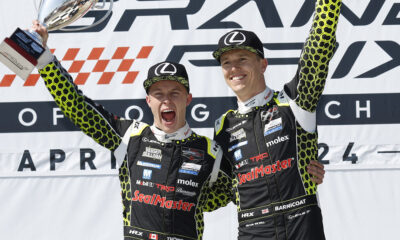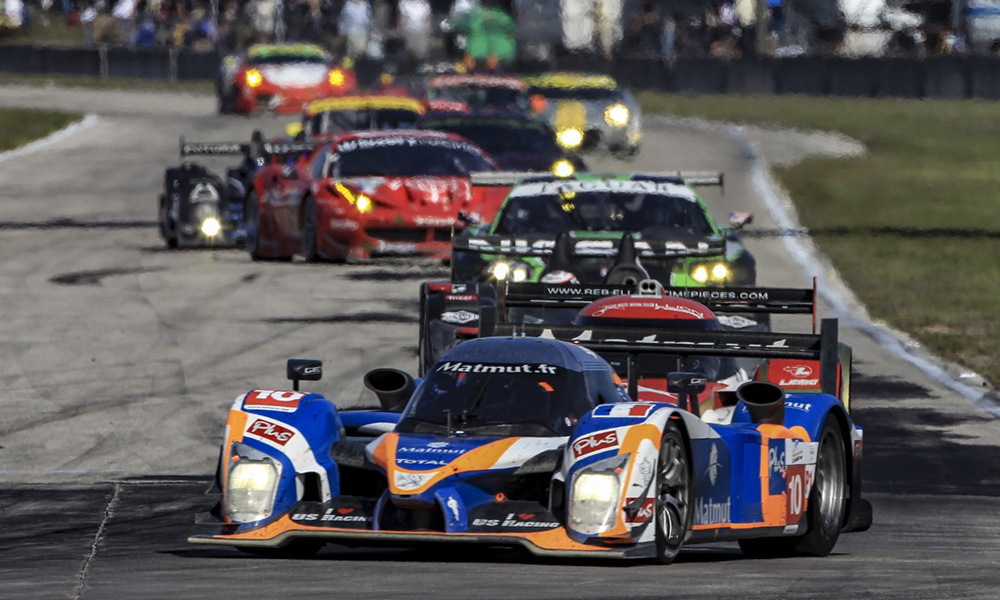
Photo: Brian Cleary/BCPix.com
Ranking the best Sebring 12-hour races is no easy task. There have been 67 of them, and all have had a good measure of drama (sometimes both on and off the track).
Some years have seen better entries and more historical significance than others, but all have written a worthy chapter in the history of America’s oldest endurance classic.
Narrowing the list down to the top five is very difficult.
Each race must be put in the historical context of that era, and not necessarily compared with races from other eras.
For example, the 1973 Sebring 12-hour, the first sanctioned by IMSA, was for many years considered a big disappointment as it was the first race of the post FIA World Championship era.
But in retrospect, the all GT race showcased a new era of drivers and teams that would become a staple of road racing in North America for the next three decades.
The Top Five:
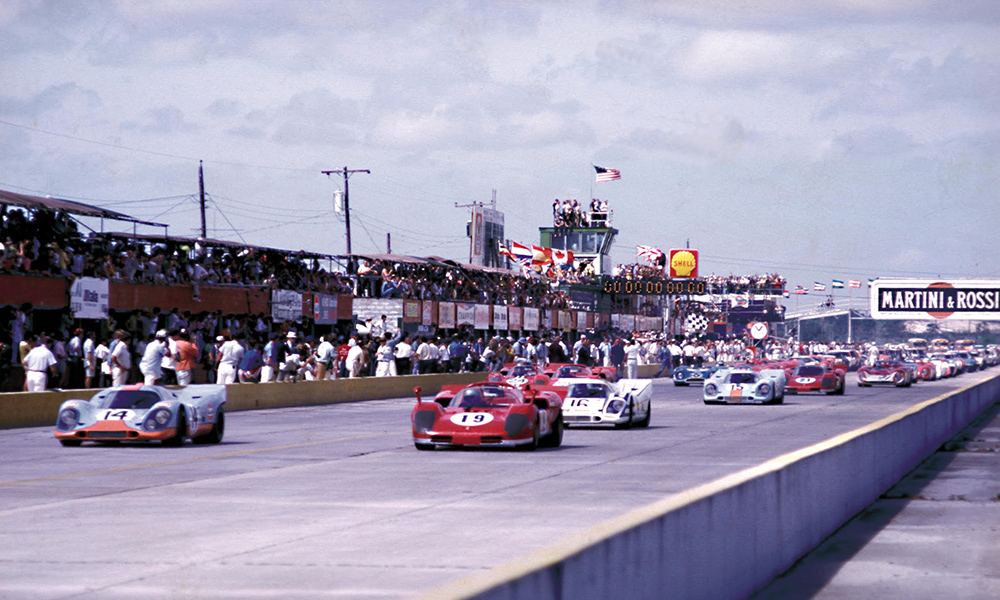
Photo: Harry Hurst
1970: This year marks the 50th anniversary of one of the greatest endurance races ever. It was a race that could have been one of the most boring ever as Mario Andretti and Arturo Merzario built an incredible 13-lap (67.6 miles) lead, only to have their Ferrari 512S drop out with mechanical problems.
From that point on it was a thrilling race with several cars fighting for the lead. The car that nearly won was a Porsche 908 driven by actor Steve McQueen along with Peter Revson (who did most of the driving).
With an hour remaining, Andretti was put in the remaining factory Ferrari that had been driven by Nino Vaccarella and Ignazio Giunti.
Andretti was sent out to overtake the McQueen/Revson Porsche. He did that, only to make an unscheduled fuel stop in the final minutes, allowing the Porsche to close the gap. In the end, Andretti finished with a 23.8 second margin of victory.
McQueen and Revson had to settle for a class win, but for Andretti, the second of his three Sebring wins featured one of the greatest stints in endurance racing history.
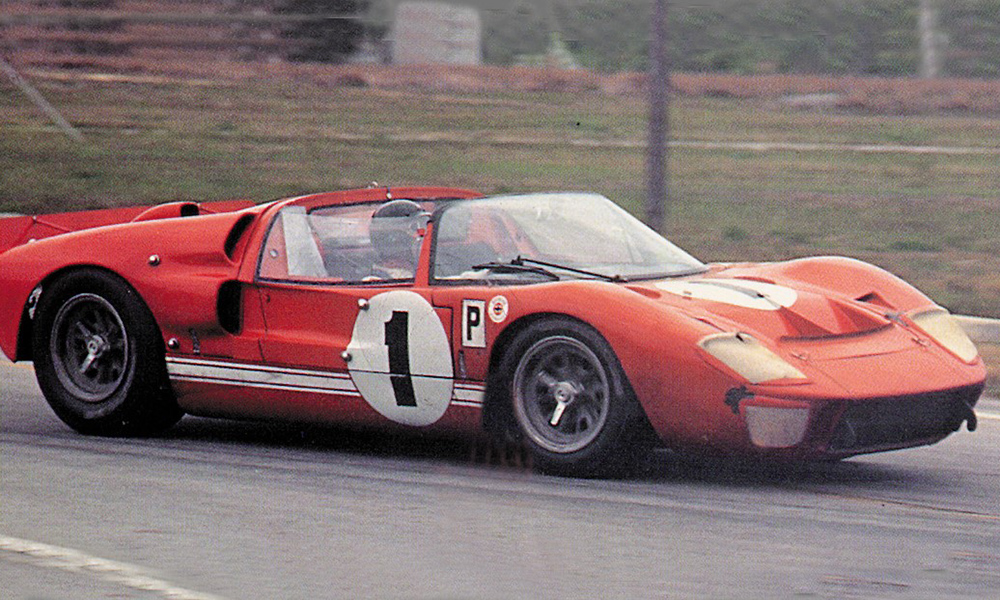
Photo: Sebring Archives
1966: The tragic aspects of this year are remembered more than what many historians consider the best sports car race ever- with an ending only a Hollywood script writer could dream up.
The peak of the Ford vs. Ferrari war attracted the best entries assembled for an endurance at the brutal airport circuit. At the Le Mans start, Dan Gurney’s Ford GT40 couldn’t fire-up and the rest of the field left him in the dust.
Within two hours, Gurney had passed the entire field and took a commanding lead with co-driver Jerry Grant.
Then tragedy struck twice. Canadian Bob McLean was killed in a fiery single-car crash at the Big Bend. Later in the race, a collision between Mario Andretti and Don Wester sent Wester off the track, killing four spectators watching the race in front of a warehouse.
As Gurney was on the final lap, the engine in his Ford failed, leaving him about 300 yards short of the finish line. He got out of the car and began pushing, but the team car of Ken Miles and Lloyd Ruby passed him for the last-lap win.
Gurney’s Ford later would be disqualified for being pushed, giving second place to Mark Donohue and Walt Hansgen.
After the race, promoter Alec Ulmann announced the 12-hour race had found a new home at Palm Beach International Raceway- a move that never happened only because a record rainfall flooded the new PBIR circuit. The 12-hour was back at Sebring.
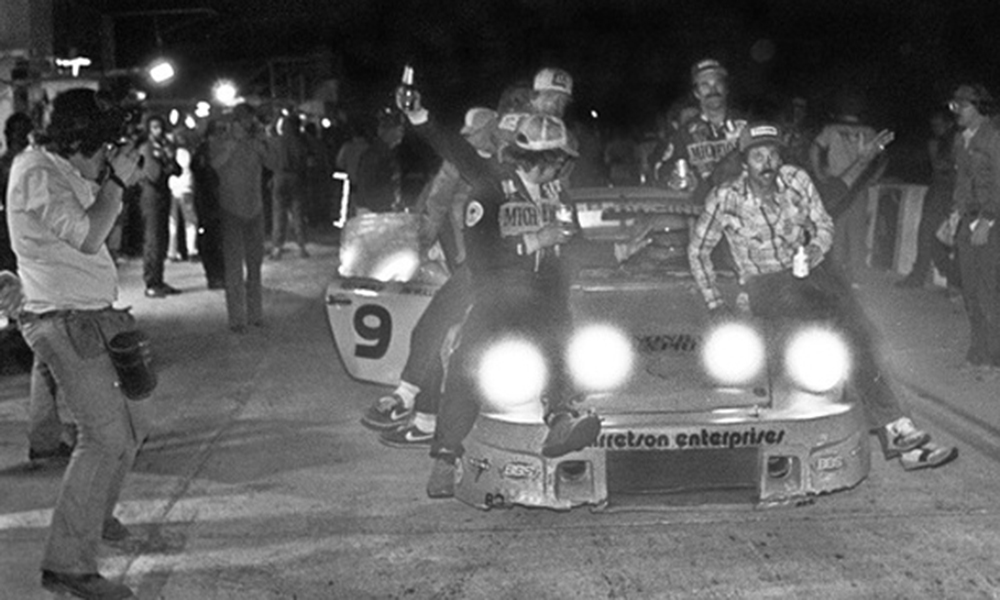
Photo: Sebring Archives
1983: One of the most exciting and bizarre races in endurance racing history. The winner was an underdog Porsche 934 driven by Wayne Baker, Kees Nierop and Jim Mullen.
Despite qualifying only 14th fastest and falling behind by over ten laps at one point, they ran a steady race as every car in front of them eventually encountered problems.
The field of drivers was stellar, but it also included a few that were involved in drug trafficking, and a serial killer who a few months later led the FBI on a nation-wide hunt.
The race was filled with drama from start to finish with eight different leaders and 23 lead changes.
A Mazda RX-7 took the lead overall with Pete Halsmer and Rick Knoop at the wheel before their brakes disintegrated. Even the new prototypes proved to be too fragile for the Sebring circuit. As Baker crossed the finish-line he had no idea he won overall.
And there was other drama… the pace car was stolen, a naked man was hitchhiking on the circuit, an emergency yellow flag was needed to allow a truck to cross the track to replenish the rapidly diminishing fuel supply (84 cars started the race!), an alligator was spotted on the track and spectators decided to pick parts off a car disabled on the circuit.
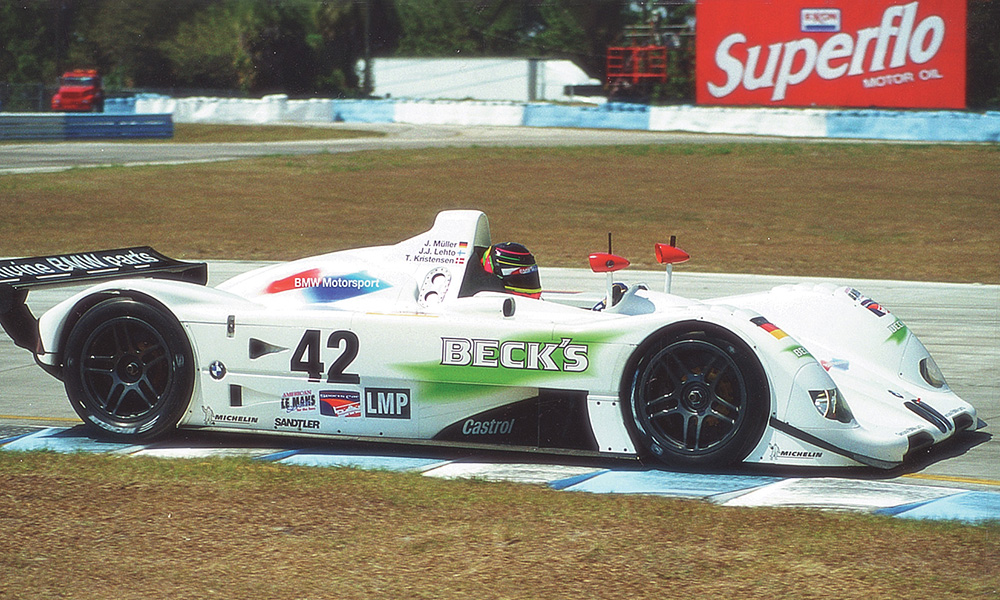
Photo: Sebring Archives
1999: The first ever American Le Mans Series race will long be remembered as one of the most exciting races ever at Sebring. While there was an abundance of caution laps, the race was truly spectacular.
The new BMW V12 LMRs and Audi R8Rs joined a field of IMSA regulars such as the Dyson Riley & Scott MKIII and Doyle-Risi Ferrari 333SP. The variety of entries in all classes was impressive, and the race marked the beginning of a new era for Corvette Racing.
A youngster named Tom Kristensen teamed with Joerg Muller and J.J. Lehto for his first Sebring win. Their BMW prototype won by a margin of just 9.2 seconds over the Dyson team, the closest finish ever at that time.
Many more wins would follow for Kristensen at both Sebring and Le Mans. During a late race caution period, TK waved to his friends at Turn 10, whom he had met the night before in a visit to Green Park with Lehto. Only at Sebring!
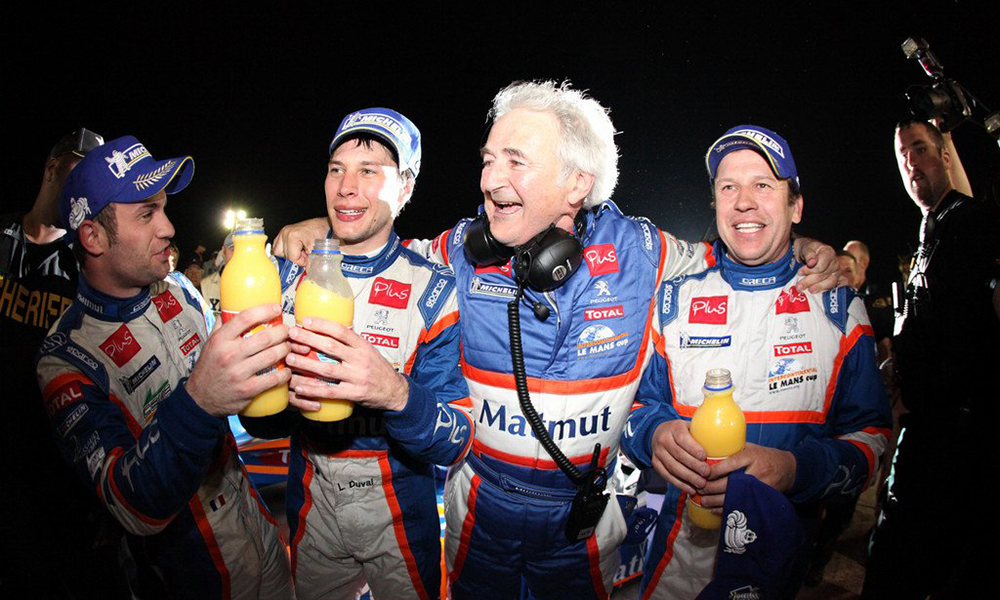
Photo: Julie Sueur/ORECA
2011: The Intercontinental Le Mans Cup was incorporated within the ALMS 12 Hours, a forerunner to the debut of the FIA WEC in a one-off combined race with the ALMS the following year.
The factory Audi and Peugeot teams battled the entire race, with the Highcroft Racing Honda HPD in contention as well. But in the end, it was the Team Oreca Matmut Peugeot entry that conquered the factory teams with a stunning upset win.
Loic Duval, Nicolas Lapierre and Olivier Panis drove the winning Peugeot. The Highcroft entry of David Brabham, Marino Franchitti and Simon Pagenaud finished second in an impressive performance often overlooked because of the Oreca team’s surprise win.
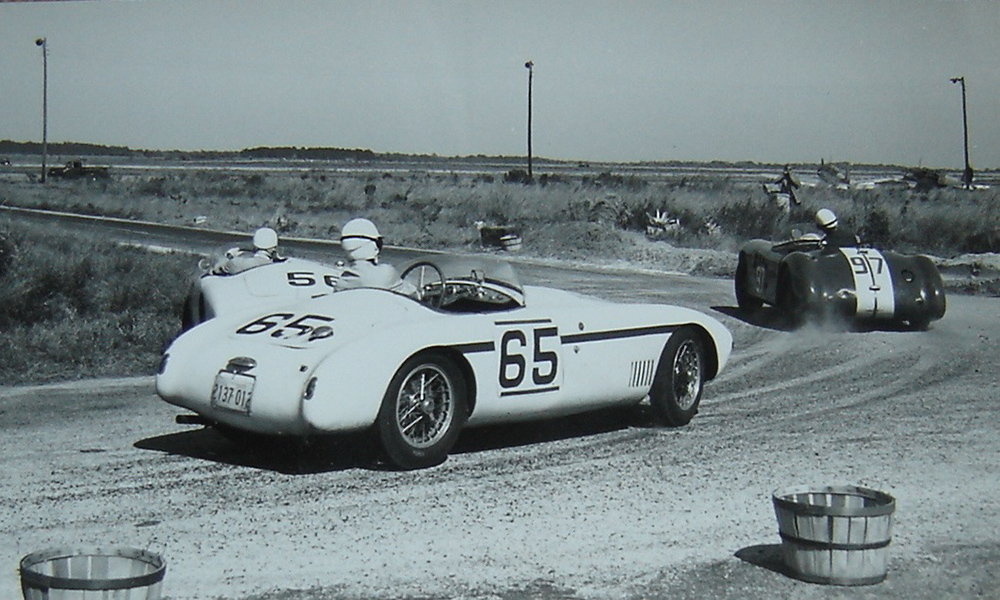
Photo: Sebring Archives
Honorable Mentions:
1969: If you like late race drama, Sebring ’69 had plenty. Several lead changes in the final two hours resulted in a surprising win for the John Wyer Ford GT40 driven by Jacky Ickx and Jack Oliver. A great entry of cars and drivers in 1969 ended a truly remarkable decade.
1954: This race was the first of many upsets at Sebring. While the 12 hours was still in its infancy, it was already attracting famed drivers and manufacturers. The powerful Lancia team was the clear favorite, but the victory went to a little 1.5 liter OSCA owned by Briggs Cunningham and driven by Bill Lloyd (Cunningham’s cousin) and a still relatively unknown driver named Stirling Moss.
1956: The legendary Juan Manuel Fangio won twice in North America, both coming at Sebring in consecutive years (1956 and 1957). This year boasted an amazing field of cars and drivers, and also marked the first major international class win for Chevrolet Corvette.
1992: Sebring’s 40th Anniversary race was at the peak of the IMSA Camel GTP Championship. Dan Gurney’s All American Racers team scored its first major endurance win for Toyota, ending the Nissan domination. Andy Wallace and Juan Fangio III drove the winning Toyota Eagle.
1963: Just go through the results and read the names of the drivers. This was when drivers from all disciplines competed in endurance racing- and no year can compare with Sebring ’63 in that respect.
Some Sebring races may not have had the on-track drama of others, but nevertheless have been very memorable for fans.
A few that come to mind are the 50th anniversary Sebring in 2002, the 2019 SuperSebring doubleheader, and the 1968 race that included a Trans-Am field. And who can forget the amazing GT class finish of 2007? Or the wild 1984 race? Or the Chaparral win in the rain in 1965? So many great Sebring memories…
Fortunately, there have very few disappointing years. Topping the list of most forgettable is 1993 when a depleted GTP entry, heavy rain, nearly six hours of red flag and full course cautions made for a miserable day. But that was the exception for an otherwise amazing race
See you Nov. 11-14 for yet another chapter in the history of Sebring.
Click Here for details on Ken’s newly released “Sebring Record Book”.



















